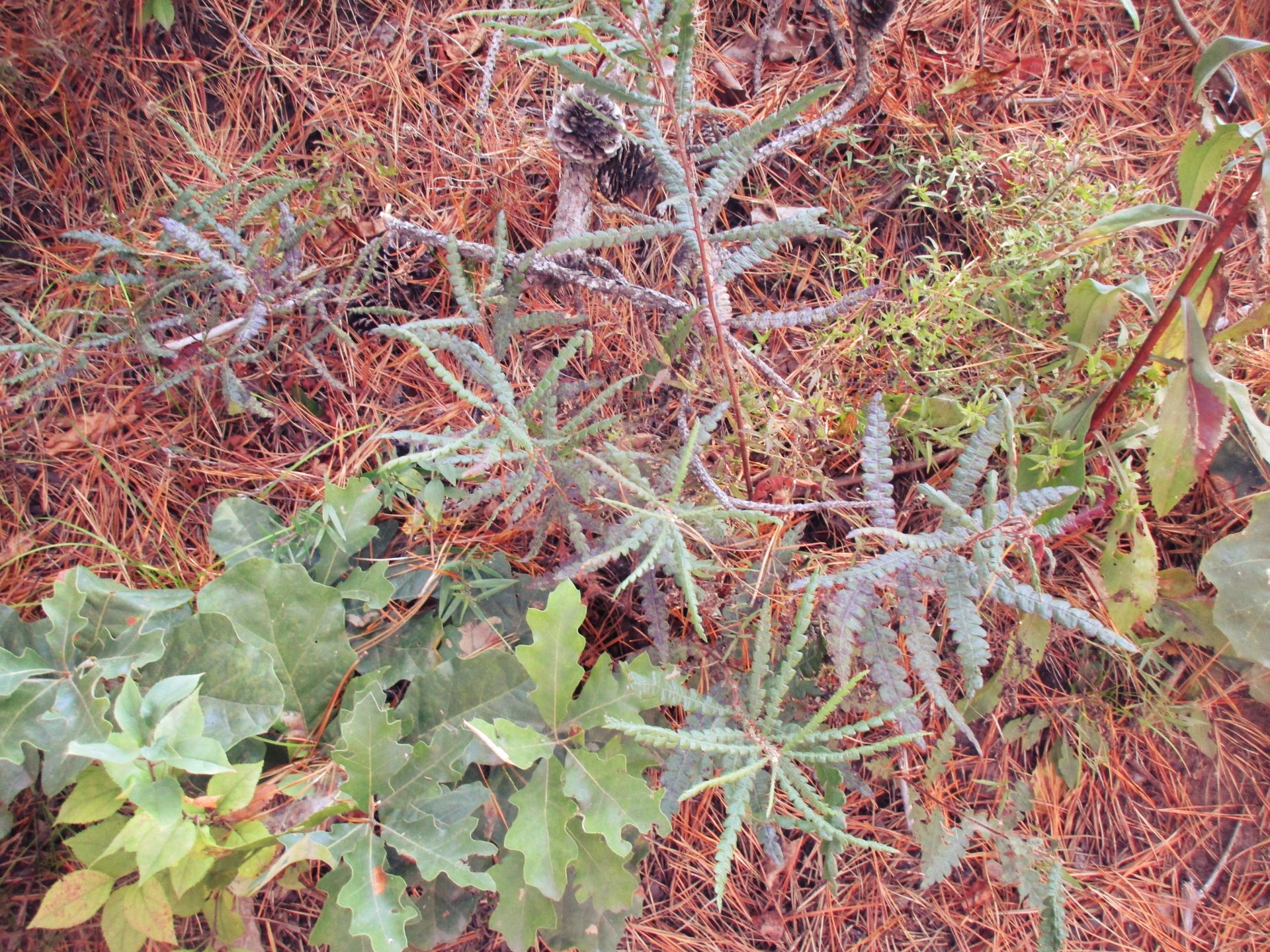by Lynne Jackson
ALBANY: In an astonishing article in the Hearst-owned Times Union, veteran investigative reporter Brian Nearing revealed the City of Albany’s dirty little secret: nearly 70% of the garbage dumped in the landfill is dumped by Allied Waste at a bargain basement price of $38 a ton; 46% lower than the $70 charged other commercial haulers and 27% lower than the $52 per ton charged to members of the ANSWERS consortium.
“It is like we are running the landfill for the benefit of Allied,” said Dominick Calsolaro, member of the Albany Common Council representing the first ward.
Lynne Jackson was quoted in the article as saying, “We have been betrayed. All the time the city officials have been pleading poverty, saying that they have to have the beautiful Pine Bush because they are running out of space, and behind our backs they make this deal to sell the landfill for half the price.”
The City of Albany is currently on its third proposal to expand the landfill into Pine Bush Preserve this year. Save the Pine Bush was able to fend off the first two proposals. Mr. Nearing’s front-page article, printed in the Sunday, October 22 Times Union, brought the issue of the landfill to the forefront. Clearly, the proposed expansion is about money, not about creating a rational solid waste management system.
Mr. Nearing exposed the fact that according to Jay Busbee, a managing director of Chartwell Information Publishers in San Diego, a company that tracks dump rates, the median dumping fee in New York is $75 a ton. Also, at the Capital Region’s other large municipal landfill, in Colonie, the lowest rate for large commercial haulers like Allied is $57 a ton. Also, Mr. Nearing pointed out that there is actually a glut of landfill space in New York.
This exposé explodes the myth that the proposed expansion is needed because people in Albany produce too much garbage. Only a small amount of the garbage dumped in the landfill comes from Albany’s municipal pickup.
Why oh why is the City giving away space in the landfill to the second largest trash hauler in the country? It is one thing to say that Pine Bush Preserve is needed because the City needs to make money from accepting garbage, but if the City isn’t even getting the money, what is the point?
This is one question that was not answered in Mr. Nearing’s article.
So, where does the money from selling landfill space come from? Below, is a chart titled, “Rapp Road Landfill 2004 Operating Costs & Revenues” (Ms. Jackson obtained a similar breakdown for 2006, but the 2006 breakdown does not include the tons per day, which is important to review for this analysis).
| $0.00 |
| $1,753,125.00 |
| $1,517,250.00 |
| $6,783,000.00 |
| $2,470,000.00 |
| $12,523,375.00 |
The total maximum amount of garbage that can be dumped per day in the Rapp Road landfill is 1050 tons. Of that, 140 tons (about 13%) comes from municipal City pickup, 125 tons (about 12%) from the ANSWERS communities, 85 tons (about 8%) from un-specified “commercial haulers” and a whopping 700 tons (67%) from Allied Waste. Fully two thirds of the garbage being dumped in the Rapp Road landfill comes from Allied Waste.
Albany and other ANSWERS communities encourage recycling. The City recycles paper, glass, metals and some plastics. In addition, the City recycles appliances and other scrap metals.
However, what incentive does the City have to make sure that the 700 tons a day from Allied has no recyclables in it?
From all of the speakers Save the Pine Bush has invited to discuss solutions to the solid waste issue over the past year, it is clear that “reduce, reuse, and recycle” is the best answer to solving the solid waste problem. Using these “Three R’s” is clearly the cleanest, simplest, cheapest, and most environmentally friendly method. But, with the City selling two thirds of the landfill space to a huge national corporation, what controls can the City put in place to encourage reduction, reuse and recycling? Allied Waste is in the business to make money from solid waste, not to find the best environmental solution.
The Rapp Road landfill was built to benefit the members of ANSWERS, not to make huge profits for a national garbage-hauling corporation. Sacrificing Pine Bush Preserve so Allied Waste can dump its garbage cheap is not acceptable.
The Albany Common Council approved the City budget for 2007 in November with revenues of $12.5 million expected from selling space in the landfill. By approving the budget, the Common Council rejected suggestions from members of Save the Pine Bush to reduce the amount of projected income from the landfill by about 20% or $2 million a year until no revenues are expected from the landfill.
Until dealing with solid waste becomes a municipal service (such as water and sewer), instead of a commercial endeavor, the Pine Bush will not be safe. All citizens should call on the City of Albany, the ANSWERS communities, and the NYS Legislature to develop a rational, environmentally sound method of dealing with solid waste.
Save the Pine Bush wishes to thank Brian Nearing for his excellent reporting and bringing to light the City’s secret deal with Allied Waste.
Published in the December 06/January 07 Newsletter
